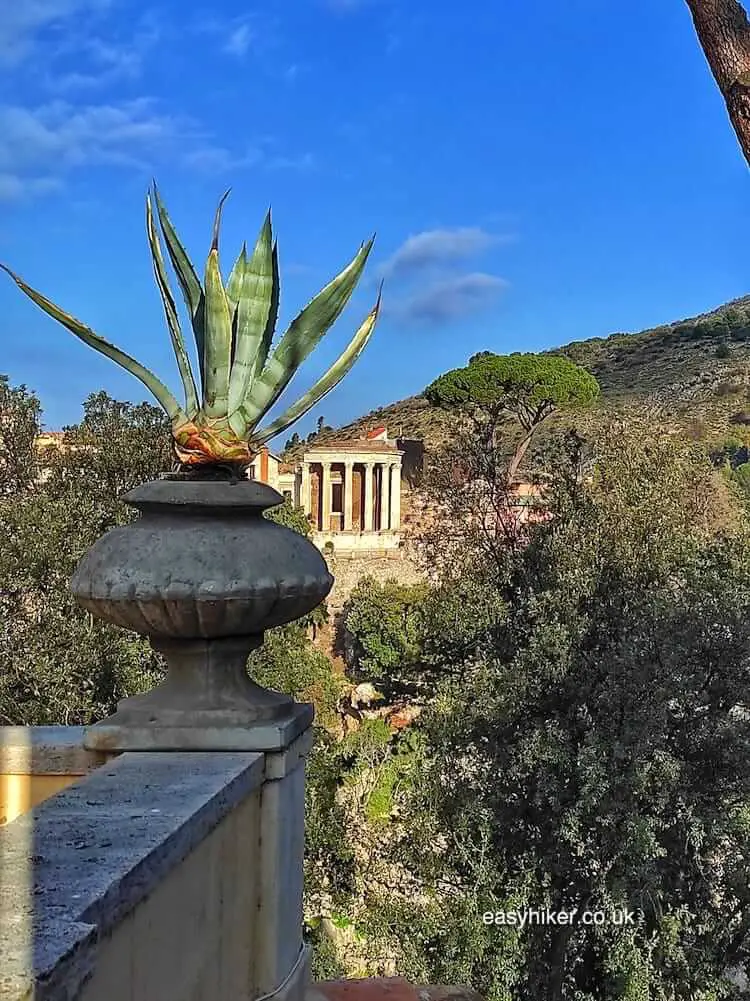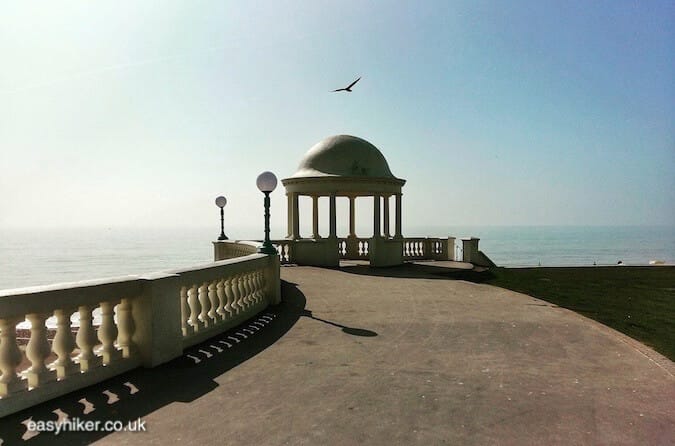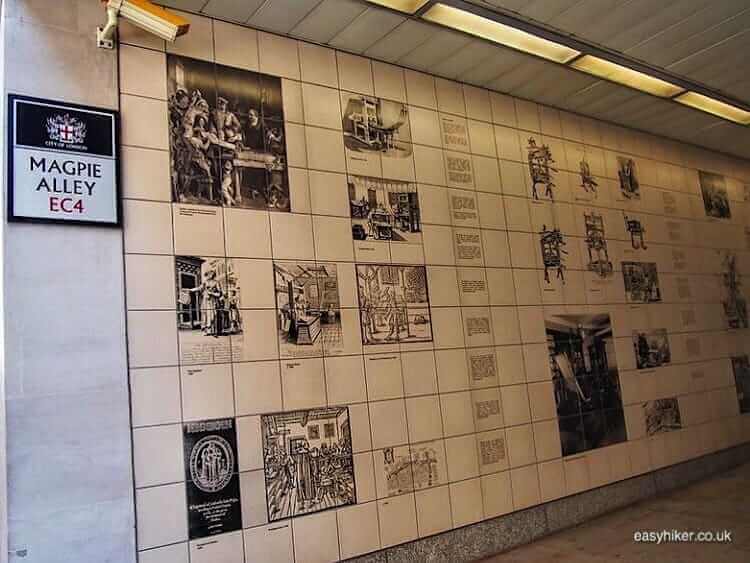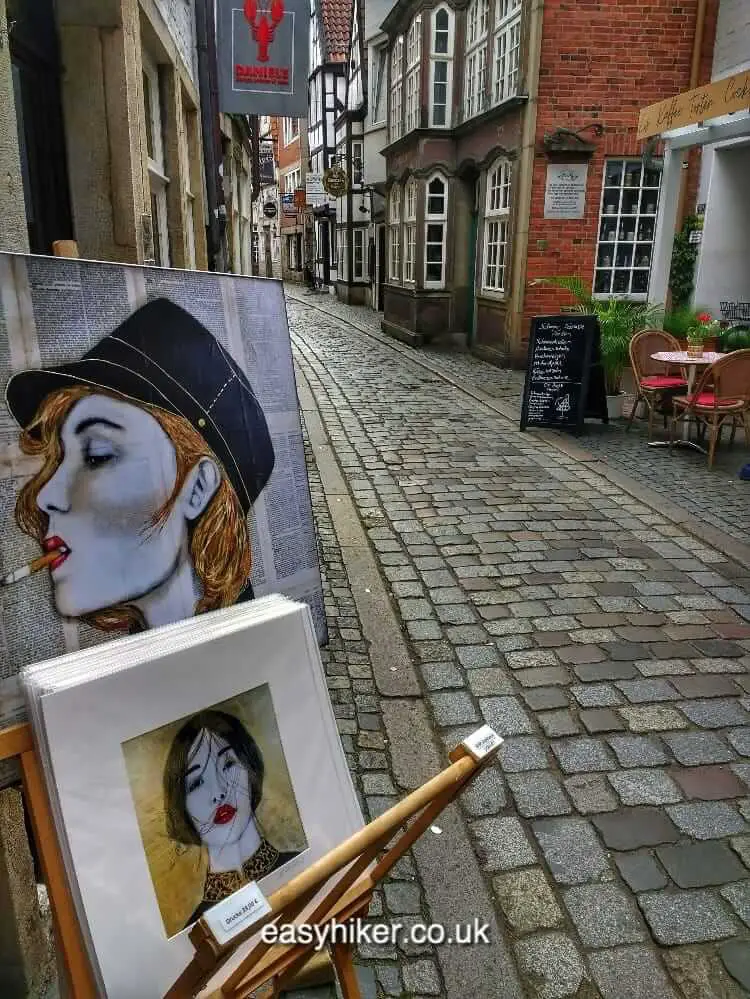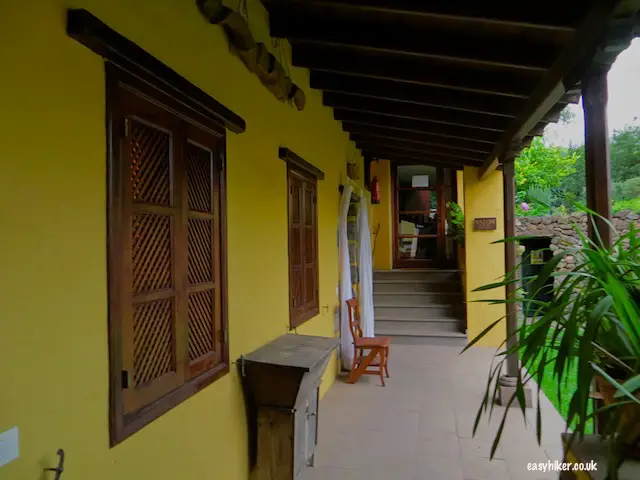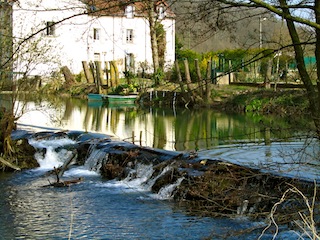If it is true that, as they say, all art aspires to the condition of music, Italian gardens aspire to the status of opera – with their love for grandeur, spectacle and full-throttled drama.

This aspiration, however, does not burn with the same passion in all of Italy’s gardens. When, after the Renaissance, Italy fell under the cultural influences of (at first) France and later of other European countries further to the north, its landscape design began to echo the French love for geometry or the English love for understated pastoralism.
Italy, however, has a mixed record of success when it comes to integrating foreign elements into her own traditions. (Have you ever heard Italian rap? Or think of food: there is no “proper” Italian version of the Haute Cuisine.)
A Visit to the Opera Gardens of Tivoli
Which is why the best and truest opera gardens come from a period before foreign influences could take hold – a period such as the 16th century when the Villa d’Este in Tivoli was created, a UNESCO World Heritage Site in the distant outskirts of Rome (30 km or a 40-minute train ride away from the capital’s Triburtina station).
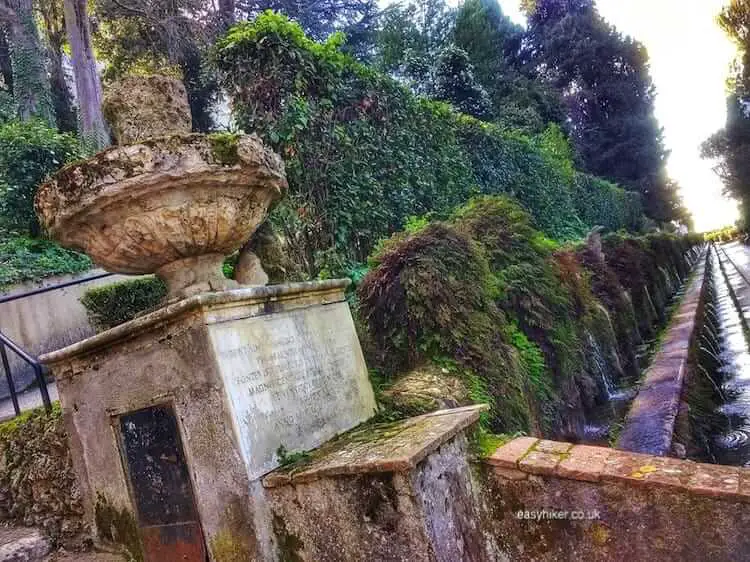
Here, all the elements of the “pure” Italian gardens are represented: scenic ariosos of calm and serenity …
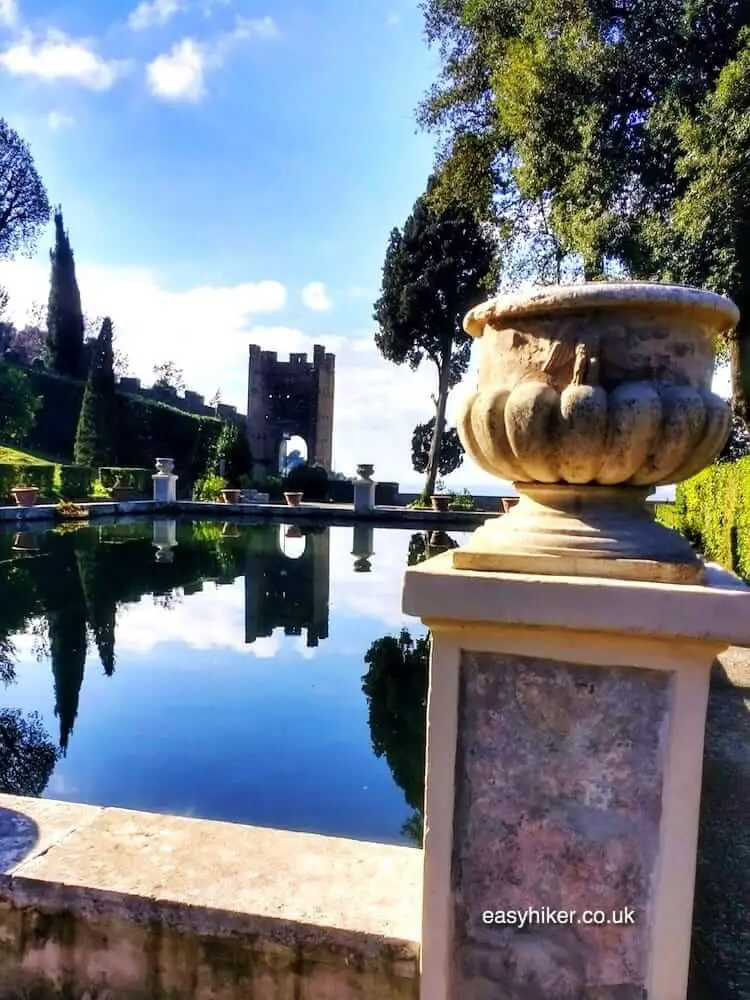
… followed by crescendi of nervous agitation, …

… the stately rhythms of the classical age …
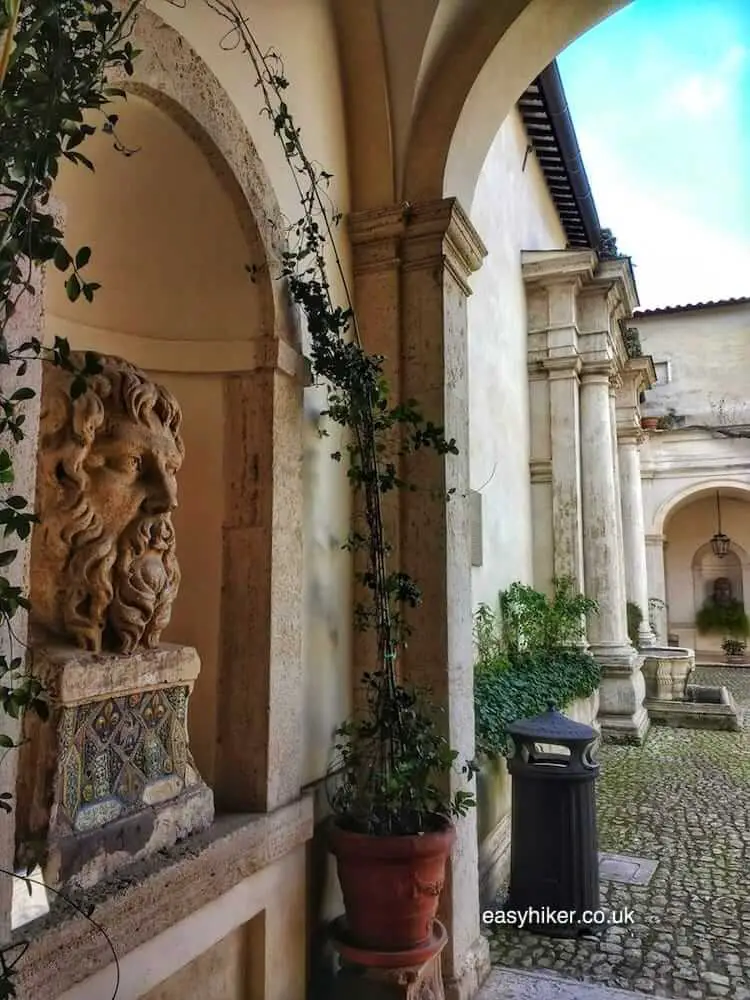
… interspersed with fantastic apparitions and shrieks of excitement – or are they shrieks of terror?
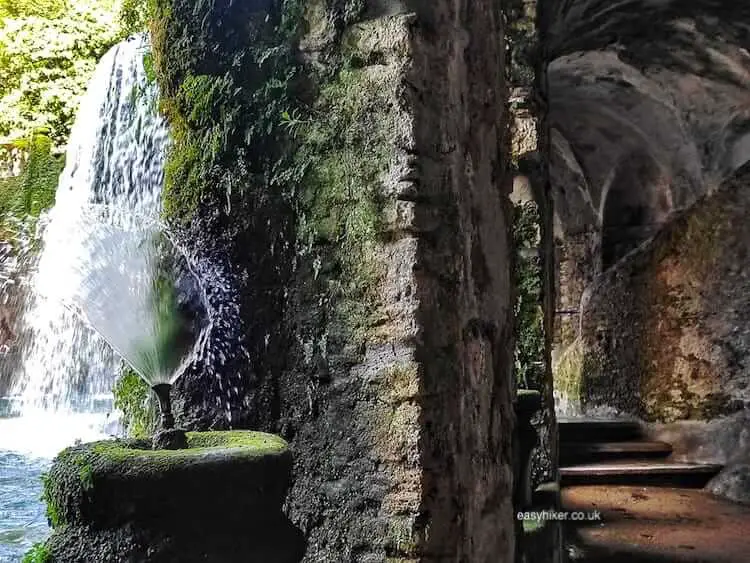
In addition to the merely phenomenal, there are other, more elemental affinities between Italian Renaissance gardens and the opera, suggesting common origins in deeper-lying layers of the soul.
There is, for example, a very Italian acceptance that our current worldviews are rooted in ancient beliefs and traditions which our conscious minds would readily reject but which nevertheless survive on other levels of our selves.
Some things in the d’Este gardens, for example, would not look out of place in the paintings of the Italian surrealists from the early 20th century.
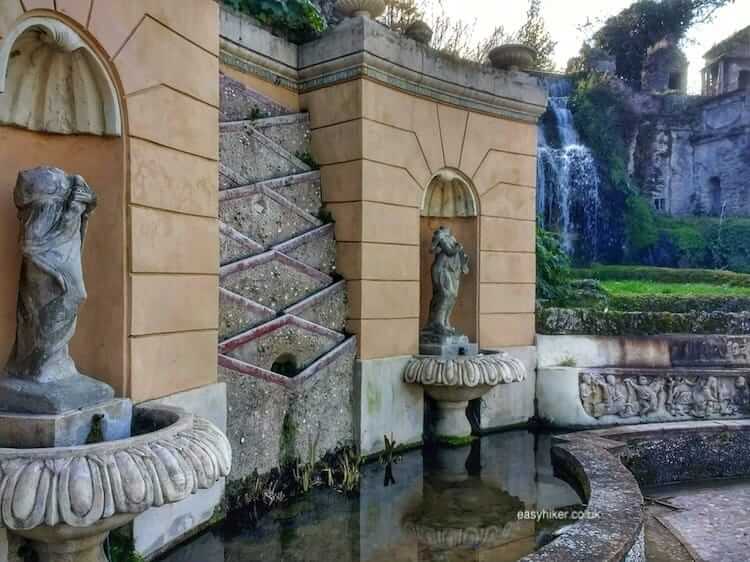
There is also the high toleration thresholds for the, well, slightly incoherent. Neither Italian opera composers nor Italian garden architects seem to be overly concerned when the elements of their narrative do not fall into an orderly pattern …
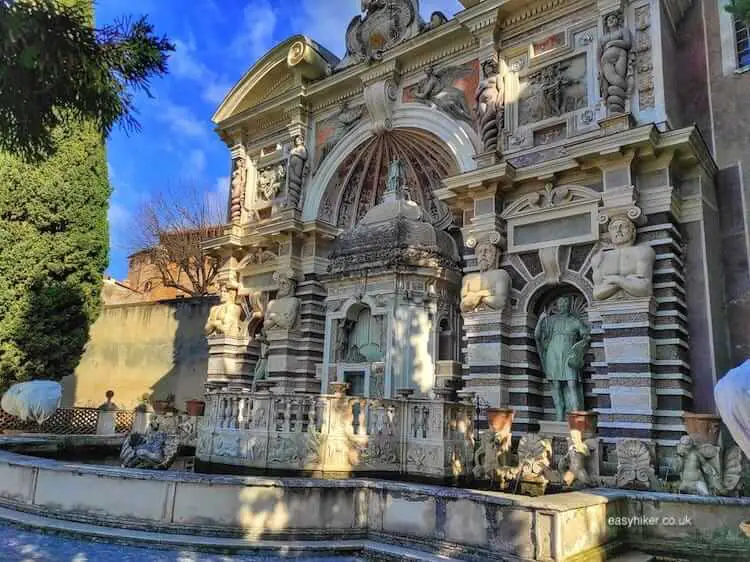
… as long as they feel that the overall effect is strong enough to overwhelm the spectator.
The gardens of the Villa d’Este were created in the second half of the 16th century for Cardinal Hippolito d’Este after he was appointed Governor of the Tivoli province. (Originally, d’Este wanted to build his palace in Rome but was denied building permission by no less an authority than the Pope himself who may have feared the independently wealthy Cardinal could become too much of a competitor and rival.)
The idea was to embed the palace and adjacent gardens into the surrounding landscape …
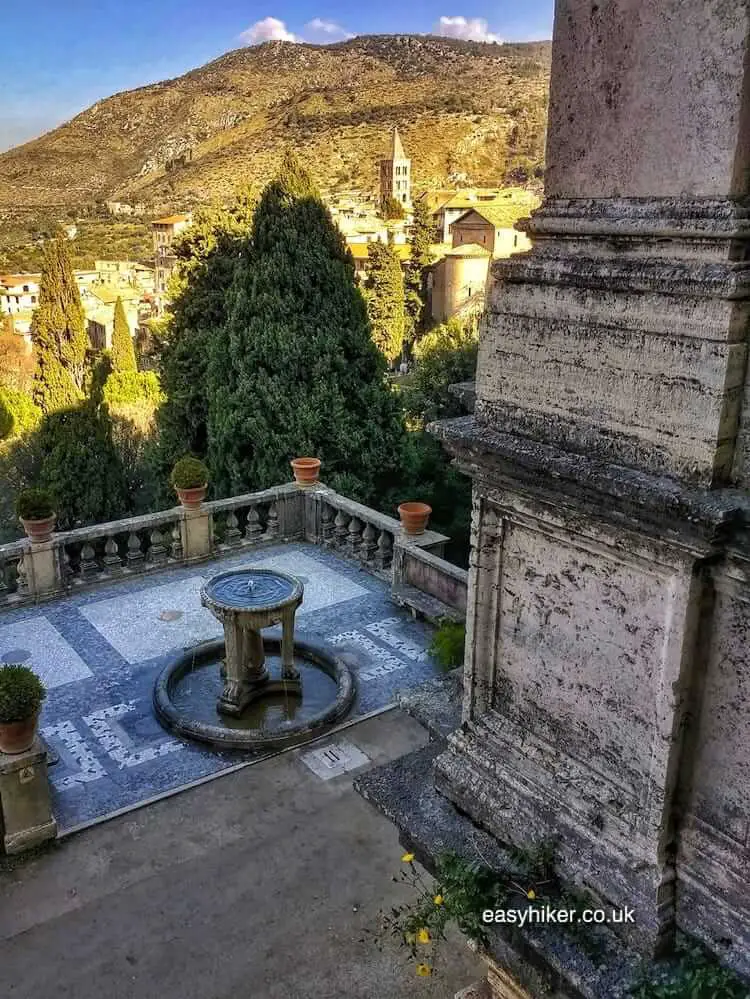
… while not going overboard with all that bucolic shepherd stuff.
This was to be the garden of a classically educated man, after all, as demonstrated by the countless references to ancient mythology and to Hercules in particular, the Cardinal’s favourite.
In fact, the whole composition was supposed to recreate the Garden of the Hesperides where Hercules had performed the first of his Seven Labours.
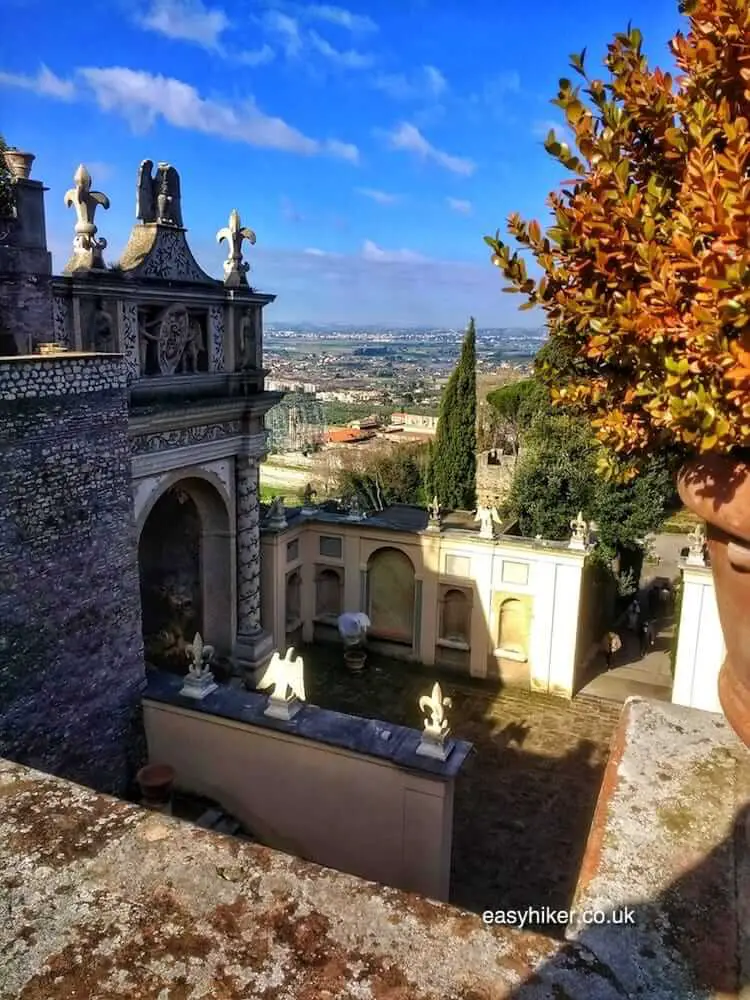
The gardens of the Villa d’Este are an engineering masterpiece as well as a work of art: they feature 50 fountains, 300 jets or springs and 100 basins. To supply the system with the required amounts of water, a 300-metre long tunnel had to be constructed that connected the estate with the near-by Aniene river. Remember that this – the 1560s – was a time when the only tool for digging was the shovel. (A good thing, you might say, that the Cardinal did not have to do all this hard work by himself.)
After Hippolito d’Este died in 1572, other high-ranking churchmen of the d’Este moved into the palace and continued his work – in 1660, Cardinal Rinaldo d’Este even commissioned Gian Lorenzo Bernini, the Grandmaster of the Baroque, to add some (now sadly lost) features.
For later members of the clan, however, the costs of keeping the estate in shape proved simply too much, and the palatial residence was virtually abandoned until the Habsburgs bought it in the 1850s to have it restored.
Today, the interiors of the building reflect partly the ancient glory of the property …
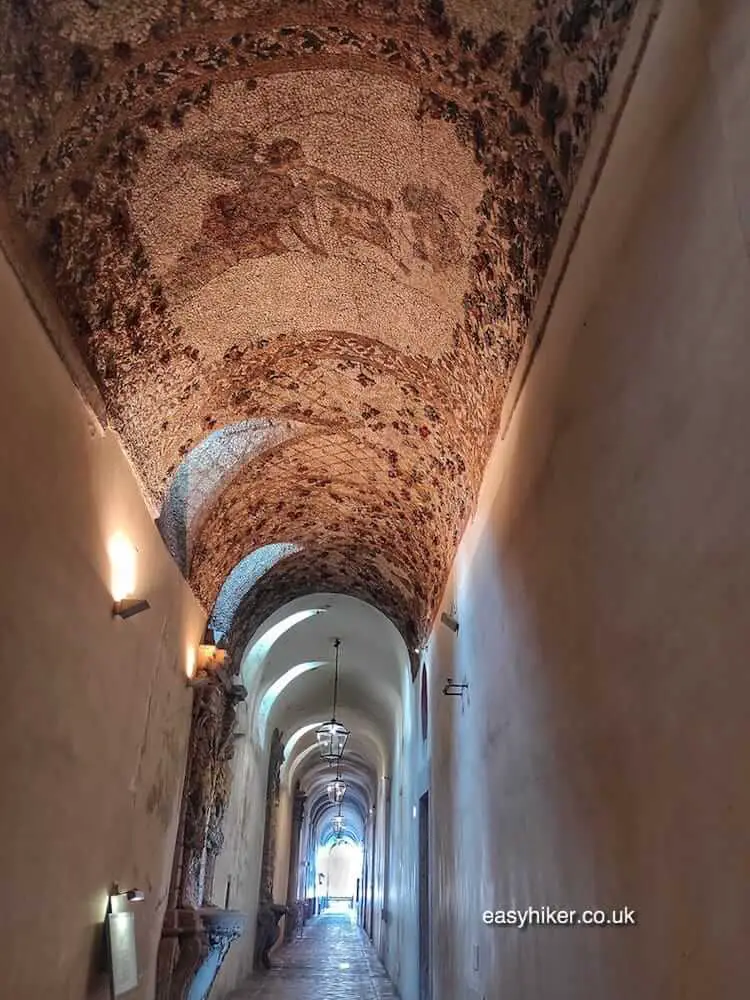
… and partly the tastes of its various owners.
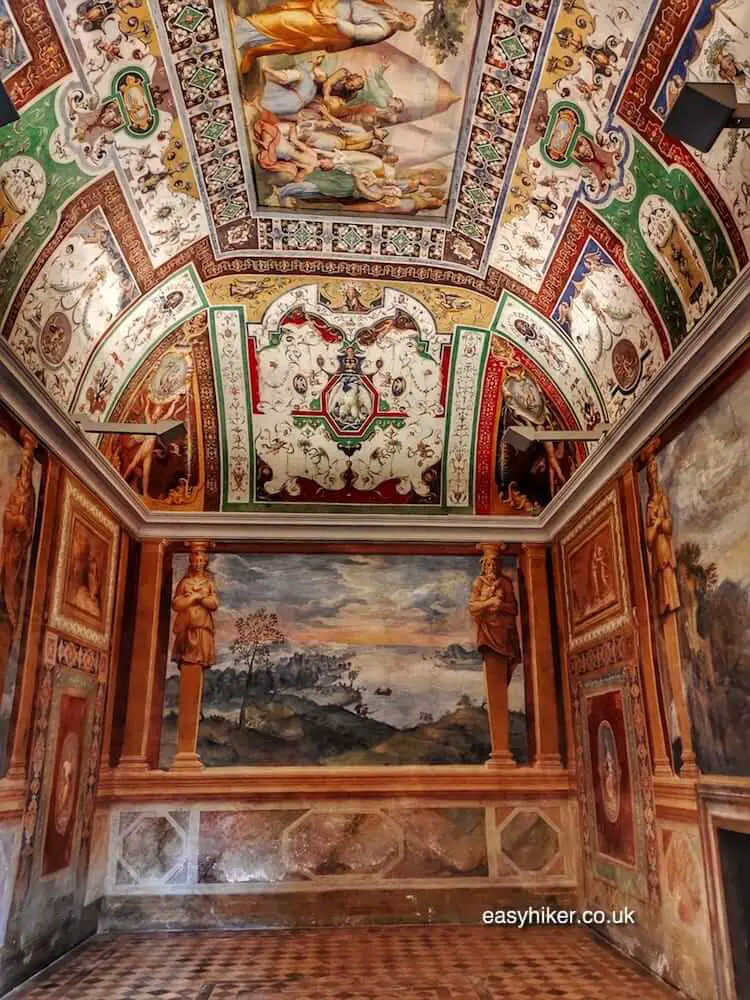
Once you have visited the gardens and the palace, we recommend you take an extended stroll through the town of Tivoli. You will find a fascinating mix of familiar Italian motives …
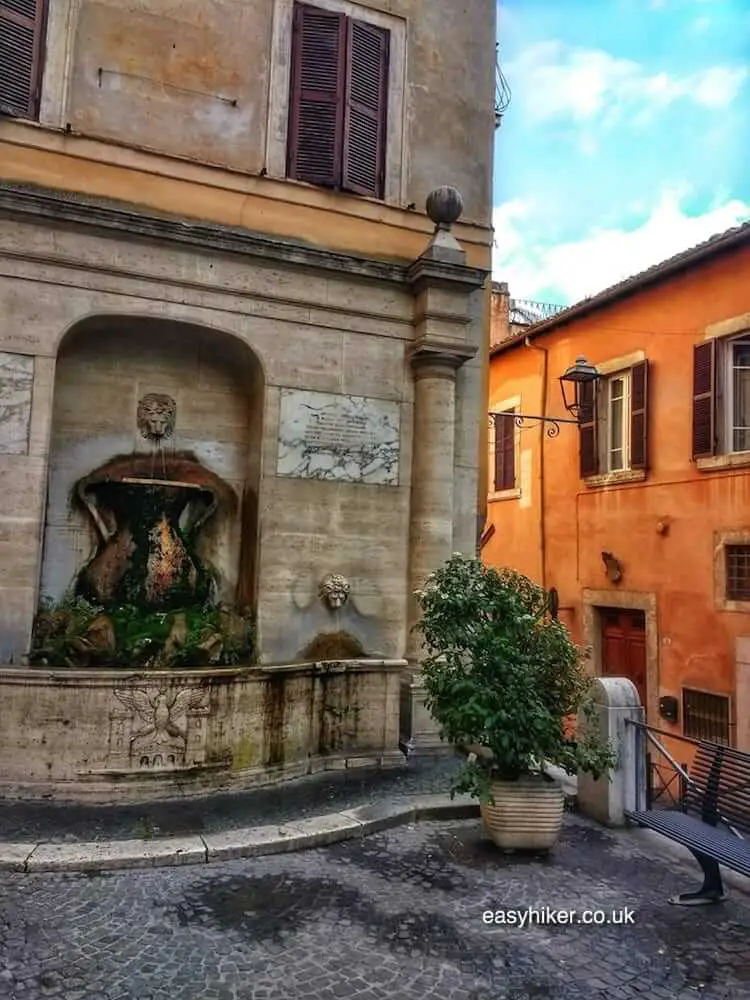
… with some wildly romantic scenery: the Ponte Gregoriano near the train station offers breathtaking views of the Aniente valley underneath.
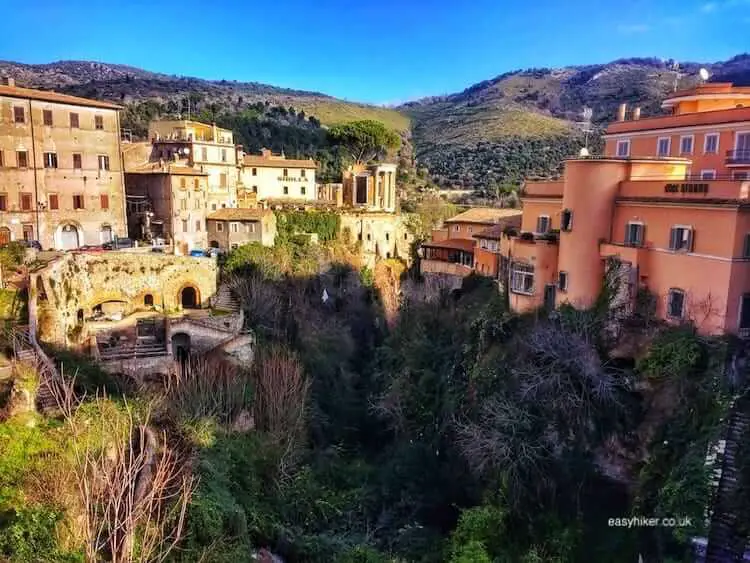
We should also point out that there are more historical palaces to visit in Tivoli. For more than 2000 years, the town has been a favourite place to live for wealthy Romans, and ancient sites to visit include the Emperor Hadrian’s villa (the Villa Adriana, also a World Heritage Site).
You can make a sound argument for visiting as many of these places as you can: after all, how likely is it that you will return to visit to again enjoy the opera gardens of Tivoli?
There is, however, an equally sound argument in favour of drawing a line when you think you have seen enough. For us on that afternoon, a distant glimpse of the Roman Temple of Vesta in the Villa Gregoriana was all that we wanted or needed to round off our day.
